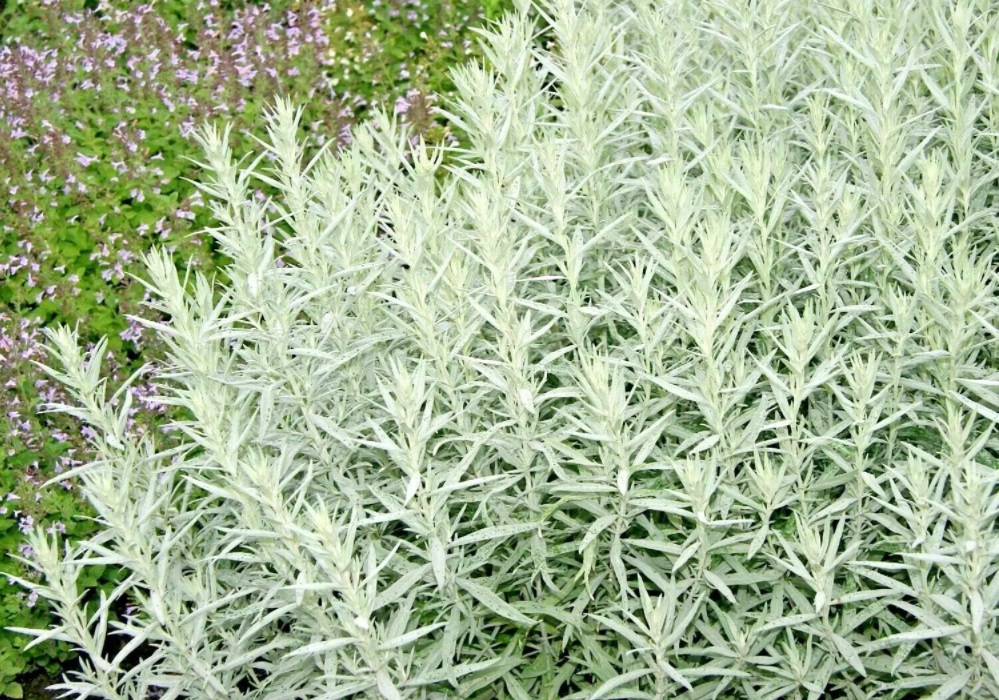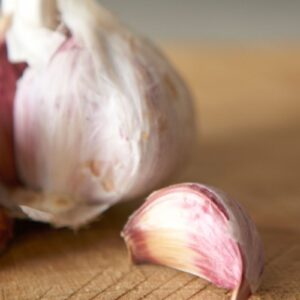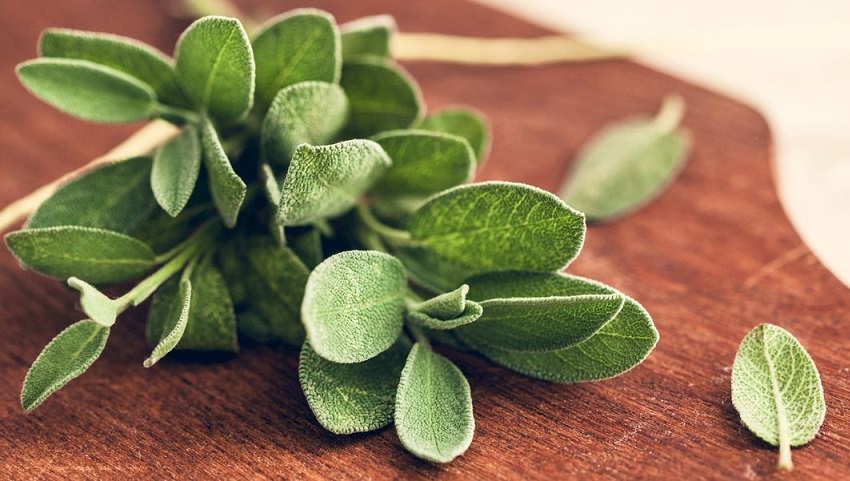The pharma industry keeps growing while we eat more and more processed food and live in highly polluted environments. That said, there is an alternative to all these pills and synthetic medicines, which are healing herbs. The estafiate has been used for hundreds of years, and with all of its healing benefits, it’s no wonder why! If you wanted to know more about the estafiate healing plants, you are at the right place.
What’s the Estafiate?
The Estafiate herb (or as per its scientific name, the artemisia ludoviciana) is part of the sunflower and dandelion family. You can find this incredible plant with interesting properties primarily in North America, Asia, Europe, and especially in Canada.
Moreover, the Estafiate normally grows around 1 to 2 feet tall and can be found in sandy soil, as well as in rocky environments. It is claimed by many to be easy-to-use and to not only offer many health benefits, but also prevent diseases of all kinds.
How to recognize an estafiate plant?
The estafiate has a purple stem. The colors are generally silverish green and a little bit of white, while the shape of the leaf is pointy, long, and triangular. Certain species can become pretty tall (between 3 and 6 feet tall), but most estafiate plants stay small and under 2 feet tall.
What’s the origin of the estafiate plant?
This particular plant is also known as the prairie sage and can be easily grown almost anywhere as long as the weather is not too harsh. Moreover, the latter was often used in the past to cure diseases or to help with someone’s health by indigenous tribes from America and Europe. Another interesting fact is that the estafiate was not only used for health purposes but also for ceremonial celebrations or as a pungent smudge.
Are Estafiate and Mugwort the same?
No, the estafiate and mugwort plants are not the same. They are, however, from the same sunflower families. They are often confused one for another, especially when they are cut and prepared for making different products. There are many plants that are also called estafiate and vice versa, such as the Silver Wormwood, the White Sage, or the Louisiana Sage. These plants all look very similar, but they are indeed different species that belong to the same family of plants.
What are Estafiate Healing Benefits?
Everybody is talking about the estafiate healing properties, but what are they exactly? Let’s take a closer look at what they are down below:
- Menstrual Cramps relief
The estafiate is commonly named the woman’s sage, since it can effectively relieve PMS and menstrual cramps pain if taken on a regular basis in a tea mixture. - Pain from bruises and burns relief
If you burn yourself pretty badly or even hurt yourself (by hitting your finger with a hammer for example) then fear no more, the estafiate can also help with bruises and burns. Just mash the plant and apply it gently over the wound. - Digestion System helper
Drinking a concoction containing some estafiate and should help reduce the acidity in the stomach as well as improve or facilitate the digestion process. The estafiate helps activate the digestive enzymes which in turn, help your digestion. - Malaria treatment
Yes, estafiate is claimed to be able to cure malaria if you drink some estafiate tea for a couple of days in a row. - Diabetes treatment
No, estafiate can’t cure diabetes, but it can, however, help reduce the diabetes symptoms, especially for Type 2 diabetes. This is partly due to the lactone glycosides that make a big part of the estafiate DNA. - Treatment for Rheumatism and Hemorrhoids
It was also proved to be excellent against rheumatism and hemorrhoids, thanks to its analgesic properties. - A cure for many common diseases
That’s right! Like if it wasn’t enough, the estafiate can also cure diarrhea, fever, and even intestinal worms.
Are there any safety precautions to take into consideration before consuming Estafiate?
Yes, there are many things to take into consideration before you decide to use the estafiate plant as a treatment for a disease or anything else that’s health-related. Therefore, here are some precautionary measures that you should note before taking estafiate:
- The most important is to take very small doses of estafiate. The easiest way is to put some dried leaves in a teacup with some hot water. It will make you feel much better, but just don’t drink estafiate water too much and too often, as it could harm your nervous system in the long run.
- Also, if you want to drink the estafiate tea, then it’s recommended to not leave the dried leaves for more than 15 minutes in the water so your tea is not too concentrated. Again, very small doses, that’s the key to using estafiate.
- It was reported through the years that some people had bad side effects after ingesting a certain amount of estafiate. These side effects can range from common (like dizzyness for example) to literally dangerous (convulsion, delirium, and potentially, death). However, the dangerous side effects are very rare, but you should be careful and people with neural disorders, pregnant women, or young children should absolutely avoid it.
- And finally, as we stated above, small doses are the key, and that goes also for how long you are going to take this estafiate medicine. In general, not more than a few days should be plenty. Long-term consumption of estafiate should be avoided at all costs!
Step-by-step Guide on how to use Estafiate herb
Put a teaspoon of estafiate dried leaves in a teacup full of hot water. Leave it to rest for a few minutes (not more than 15 minutes). Thereafter, remove the leaves from the cup. You can do this 3-5 times a day for 4 to 5 days a week maximum.
As you can see, the estafiate plant is quite remarkable. It can indeed cure many diseases and help with certain treatments, as long as it is taken in small doses in a short period of time.



